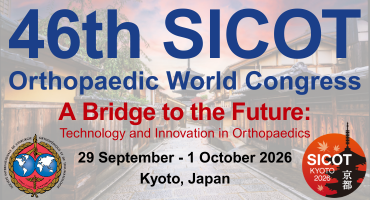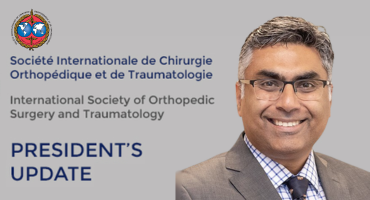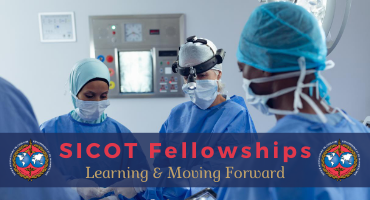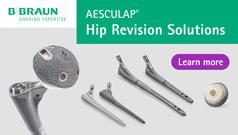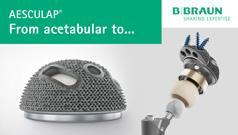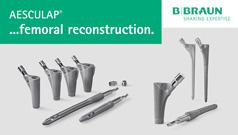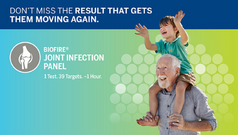A standardized fluoroscopic sequence to reveal residual MCL instability after repair of the LUCL in elbow injury
Injury. 2025 Aug 24;56(11):112719. doi: 10.1016/j.injury.2025.112719. Online ahead of print.
ABSTRACT
BACKGROUND: Indications for stabilization of the medial collateral ligament (MCL) after repair of the lateral ulnar collateral ligament (LUCL) remain controversial. Here, we propose a standardized fluoroscopic sequence to reveal residual medial elbow instability to facilitate intraoperative decision-making.
METHODS: Eight matched cadaveric upper extremity pairs (N = 16) were mounted to simulate intraoperative positioning. Fluoroscopic images were acquired using the following: full extension, 45-degree flexion, 90-degree flexion, and full flexion with the forearm in neutral/pronation/supination. These were acquired at "baseline" and following destabilization of the LUCL/MCL. The proposed fluoroscopic sequence was then repeated following surgical fixation of the LUCL ("post-LUCL repair") followed by MCL repair ("post-LUCL & MCL repair). Blinded images were fitted using a best-fit circle to compute ulnohumeral distance (UHD, millimeters) and determine residual lateral (supination) and medial (pronation) instability defined by the presence of a drop sign (UHD>4 mm). Radiocapitellar ratio (RCR) was computed to determine radiocapitellar instability (RCR>10 %). Blinded images were also qualitatively evaluated against the contralateral baseline to simulate intraoperative assessment.
RESULTS: Apparent instability in supination status-post destabilization resolved following LUCL repair with evident residual medial-sided instability showed in pronation, which resolved after MCL fixation. Evaluation of the drop sign at 45 and 90 degrees of flexion showed comparable quantitative sensitivity at 97 % and 98 %, unlike in full extension or full flexion (sensitivity <35 %). Quantitative sensitivity was 88 % for RCR in mid-flexion. Qualitative evaluation for the drop sign and RCR resulted in sensitivity of 93 and 75 %, respectively.
CONCLUSIONS: The proposed fluoroscopic sequence provides reliable intraoperative assessment to evaluate for residual medial-sided instability in the setting of multi-ligamentous elbow injuries. After repair of the LUCL, medial residual instability due to MCL rupture is best revealed with the presence of a drop sign in full pronation and midflexion.
LEVEL OF EVIDENCE: IV.
PMID:40876110 | DOI:10.1016/j.injury.2025.112719






